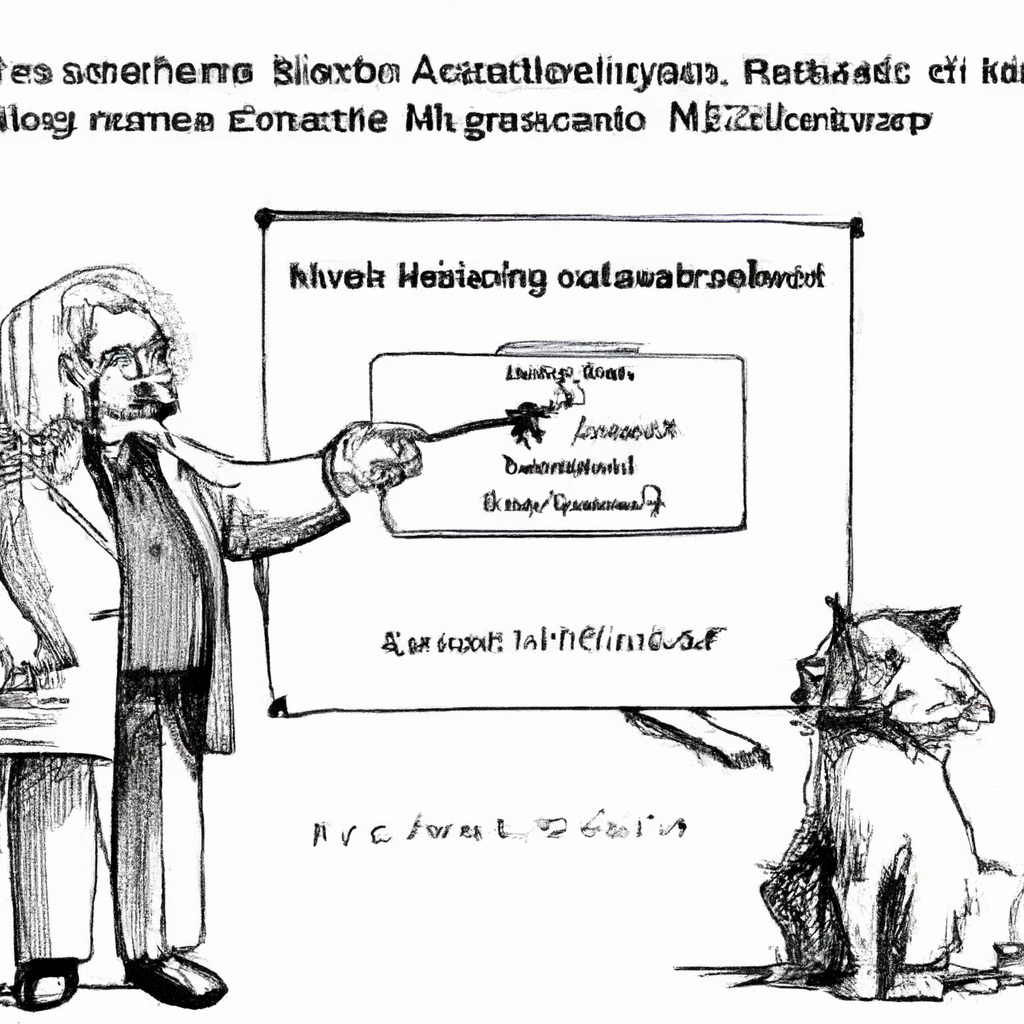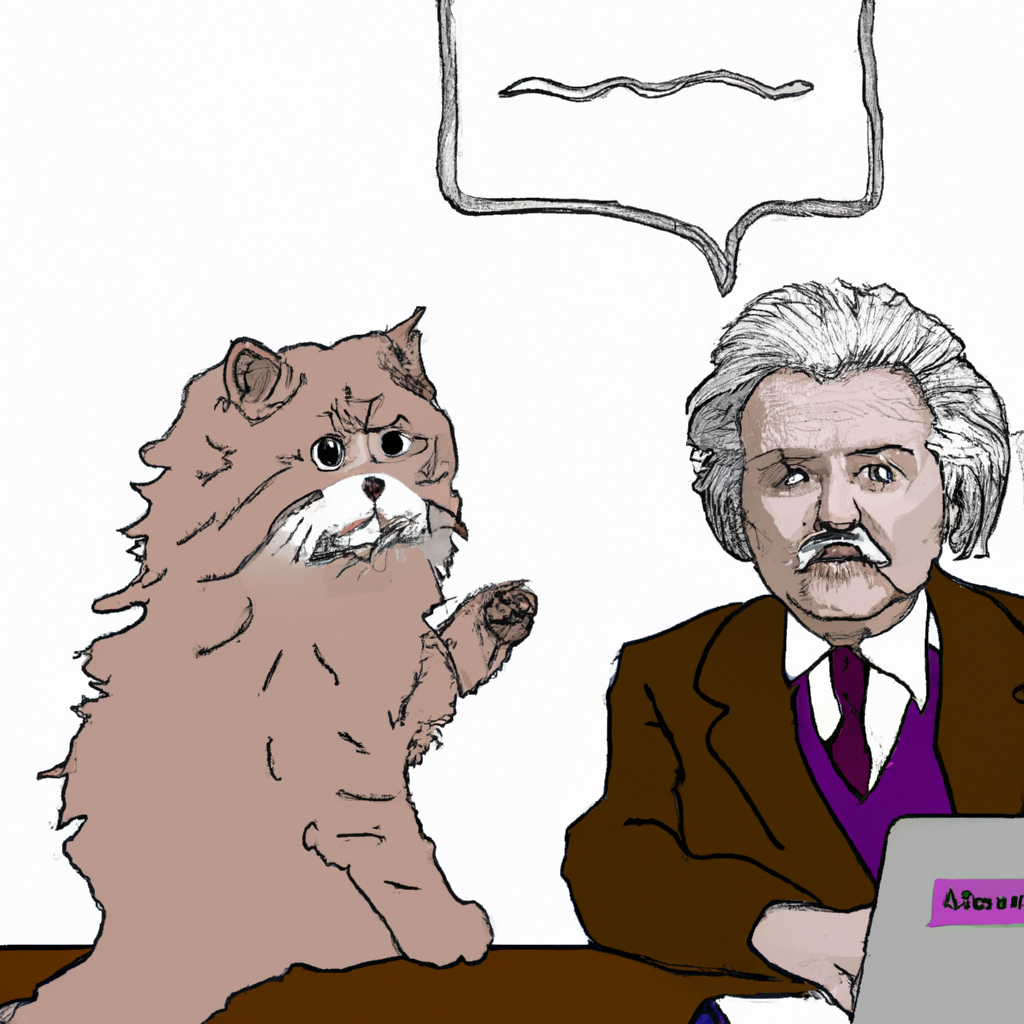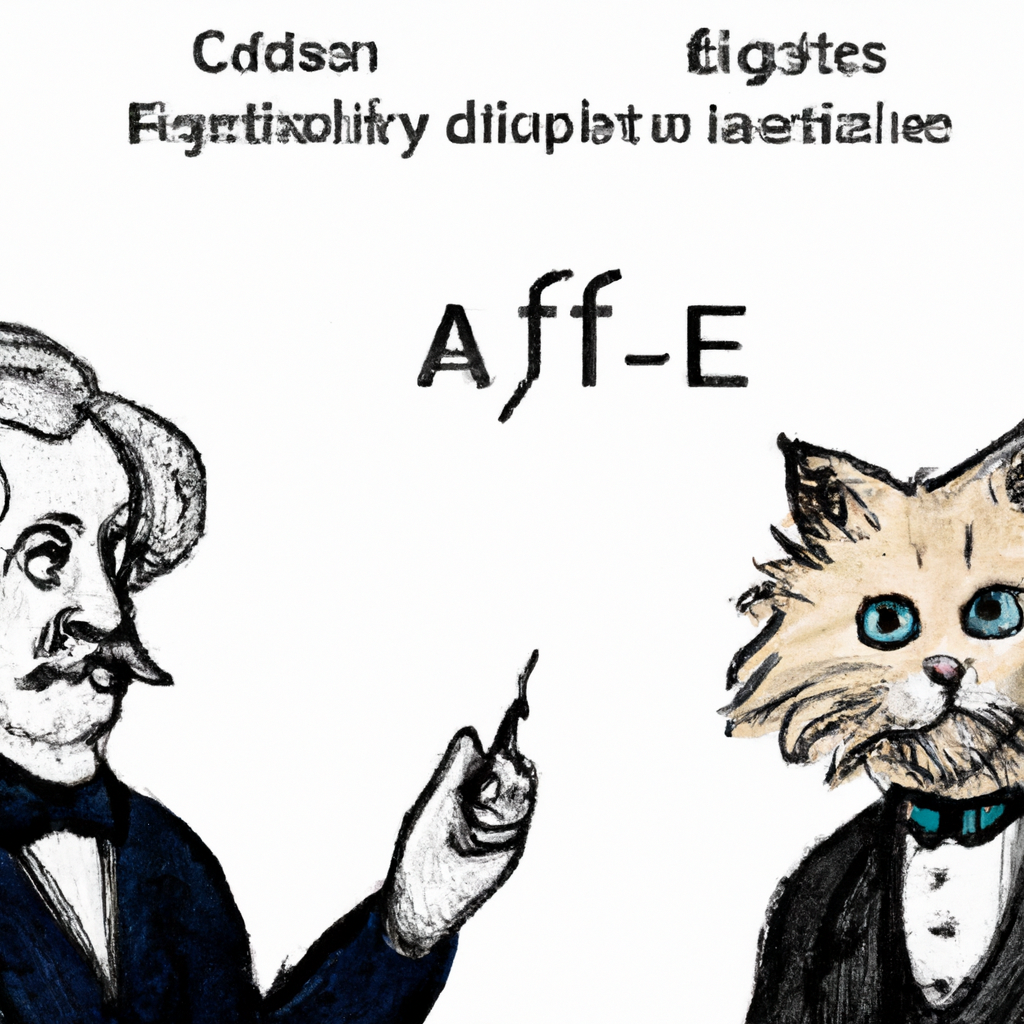
Title: A Comprehensive Beginner’s Guide to Artificial Intelligence
Introduction to AI
Artificial intelligence (AI) is one of the most significant technological advancements in recent years. It refers to the simulation of human intelligence processes by machines, especially computer systems. These processes include learning, reasoning, problem-solving, perception and language understanding.
Understanding The Different Types Of AI
There are two types of artificial intelligence – narrow or weak AI and general or strong AI. Weak AI is designed and trained for a specific task such as voice recognition while Strong AI carries out tasks that would require human intellect such as decision making.
The Four Pillars Of Artificial Intelligence
1. Machine Learning: This forms the basis for most artificial intelligent systems today where computers learn from data without being explicitly programmed.
2. Neural Networks: They mimic the biological neural networks present in our brains which helps in processing complex data inputs.
3. Algorithms: An algorithm is a set of instructions followed by an operation; it’s at heart of all machine learning models guiding them towards achieving their goal effectively.
4.Deep Learning: Deep learning uses multi-layered structures called deep neural networks which can process large amounts of raw input data through multiple layers where each layer extracts features relevant for solving a particular problem.
Applications Of Artificial Intelligence
AI has numerous applications across various sectors including healthcare (predicting diseases), finance (fraud detection), transportation (autonomous vehicles) etc., but these are some common examples:
1.Smart Assistants like Siri or Alexa use natural language processing along with speech recognition algorithms to understand your queries and provide answers
2.Recommendation Systems used by Netflix leverage user behavior patterns using machine learning algorithms to recommend movies/series based on individual tastes
3.Autonomous Vehicles like Tesla cars use combination vision-based detection system powered with deep-learning models capable identifying objects around them allowing self-driving
How To Get Started With Building Your First Simple Model?
A great way for beginners to start with AI is by building a simple machine learning model using Python, a popular language in the field of artificial intelligence due to its simplicity and large community.
Here’s an example:
Let’s say you want to build a spam detection system. You can use Python libraries such as Scikit-Learn which has built-in datasets and models that make it easy for beginners.
1.First, import necessary libraries:
“`
from sklearn import datasets
from sklearn.model_selection import train_test_split
from sklearn.feature_extraction.text import CountVectorizer
“`
2.Load your dataset:
“`
email_data = datasets.load_email()
X_train, X_test, y_train, y_test = train_test_split(email_data.data,
email_data.target,
test_size=0.3)
“`
3.Create feature vectors:
“`
vectorizer = CountVectorizer()
X_train_counts = vectorizer.fit_transform(X_train)
“`
4.Train your model
“`
clf.fit(X_train_counts,y_train)
“`
5.Test on unseen data
“`
X_new_counts = vectorizer.transform(X-test)
predicted=clf.predict(X_new_counts)
You now have created an AI-based spam filter!
Conclusion
Artificial Intelligence holds great potential in transforming our lives by making machines smarter and more efficient. Understanding the basics of this technology will not only help gain insights into how these intelligent systems work but also provide opportunities for further exploration.
Artificial Intelligence (AI) is becoming increasingly prevalent in various sectors. An example of AI can be found in the healthcare industry, where it’s used to predict and analyze patient data for early disease detection.
For instance, an AI system could use machine learning algorithms to process vast amounts of medical records and identify patterns or anomalies that might indicate a specific illness such as cancer. The system scans through datasets containing patients’ symptoms, medical history, genetic information etc., which would otherwise take doctors countless hours to review manually.
This not only accelerates diagnosis but also increases accuracy by reducing human error. Furthermore, predictive analysis can provide insights into potential health risks allowing preventive measures to be taken before diseases develop or progress.
Through this application of artificial intelligence in healthcare – faster diagnoses and preventive medicine – overall patient outcomes are improved while making efficient use of resources within the sector.
Here’s a Story about Gato Rico
In the heart of Silicon Valley, nestled amongst tech giants and startups alike, lived an unusual resident. This was no ordinary billionaire tycoon or whizz-kid coder; this was Gato Rico – the wealthiest cat in town.
Gato Rico wasn’t just rich in feline terms (which would probably be measured by mouse count), but also by human standards. He had inherited his wealth from his late owner, a reclusive tech magnate who left him everything including a considerable stake in one of Silicon Valley’s leading artificial intelligence companies.
Every day he’d saunter around his mansion with its heated floors and automatic laser pointer entertainment system. But despite all these luxuries, something bothered him deeply: opening tins of caviar without opposable thumbs seemed to be an insurmountable task for our furry friend.
One day while lounging on his diamond-studded scratching post watching reruns of Tom & Jerry on Netflix – because what else does a rich cat do? – it struck him! What if he used Artificial Intelligence to solve this problem?
He quickly called Steve PurrJobs (using Alexa voice assistant since typing is tricky when you’re covered head-to-toe in fur) – CEO at Meowcrosoft AI division and one-time personal IT guy for Mr. Whiskers himself!
“Steve,” meowed Gato into the phone after being connected through Siri’s translation service that converted meows into English words, “I have got quite the predicament here.”
Listening patiently as cats explained their problems wasn’t exactly how Steve imagined spending time when he joined Meowcrosoft but hey, paying clients come first!
With detailed instructions from Gato Rico about needing an AI-powered device capable of opening cans delicately enough not to crush those precious roe eggs inside while still strong enough to get through even toughest lid seals; Steve set off working on Project Caviar.
After several prototypes and numerous cans of wasted caviar, they finally arrived at a solution – an AI-powered robotic arm that used sophisticated sensors to determine the precise amount of force needed to open each unique can. It was named “Cavi-A.I.R.”
The day came when Cavi-A.I.R was delivered and installed in Gato Rico’s mansion. With bated breath, he watched as Steve commanded the robot arm using his voice, “Open Sesame.” The machine whirred into action; there it went… slowly unsealing the lid with surgical precision while keeping those precious roe eggs intact.
Gato Rico let out a purr of satisfaction – no more will he struggle opening his favorite snack! He rewarded Steve handsomely for his efforts (in gold-encrusted fish bones) and lounged back on his luxurious cat bed relishing in this victory over one very human problem!
And so our rich feline friend continued living comfortably amidst Silicon Valley’s hustle-bustle making full use of advanced technology right down to satisfying his late-night cravings.






